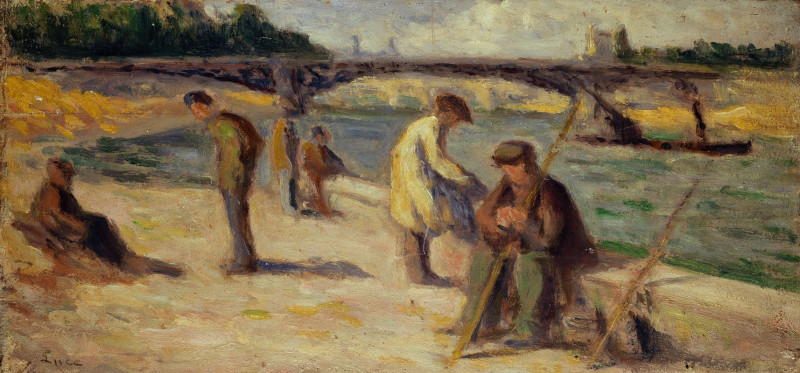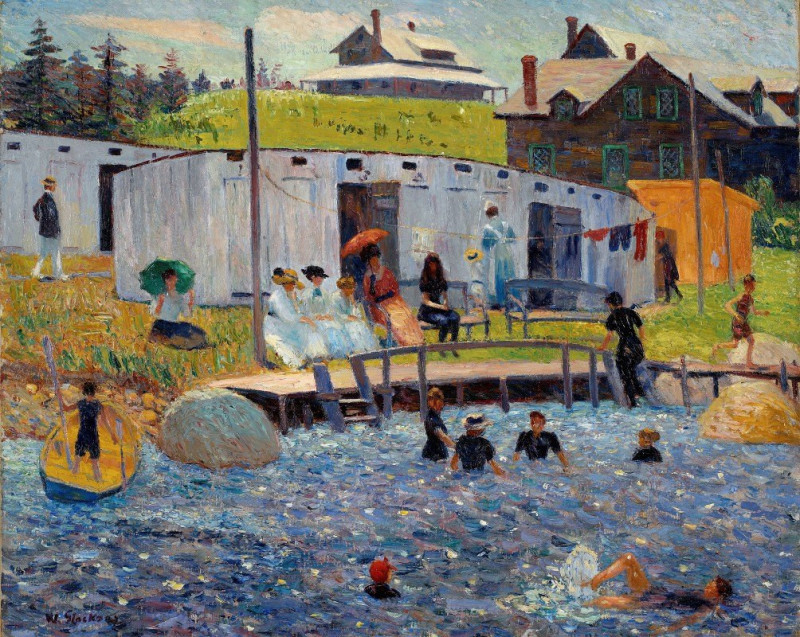Hahmo, luonnos (1912)
Technique: Giclée quality print
Recommended by our customers
More about this artwork
Magnus Enckell, a Finnish painter known for his expressive yet precise work, gives us an intriguing glimpse into his artistic process with the 1912 piece "Hahmo, luonnos" (Figure, Sketch). This drawing is a masterful display of Enckell's skill in capturing the dynamic forms and the essence of human anatomy with minimal lines.The sketch portrays a figure in a pose that hints at movement or rest, the specifics of which remain intriguingly ambiguous. Enckell's use of soft, curving lines to delineate muscle and form creates a sense of depth and dimensionality, despite the drawing's apparent simplicity. The light strokes suggest that this piece may have been a preparatory work, part of Enckell’s larger process of studying the human body's interplay with light and shadow prior to realizing a more detailed, finished composition.What stands out in "Hahmo, luonnos" is Enckell's ability to communicate the weight and texture of the human body through mere suggestion. Each line, while seemingly fleeting, is intentional, offering viewers a window into the artist’s methodical approach to shape and contour.This piece is not only a study of form but also an invitation to contemplate the relationship between artist and model, the seen and unseen, and the steps that bridge raw sketches to finished masterpieces.
Delivery
Returns
Magnus Enckell (1870-1925) was a Finnish painter and graphic artist who was born in Helsinki. He studied at the Ateneum School of Art and later at the Académie Julian in Paris. Enckell was greatly influenced by the Symbolist and Art Nouveau movements, and his work often featured moody and dreamlike landscapes and portraits. He was one of the leading figures of Finnish art in the early 20th century, and his work helped to shape the development of modernist art in Finland. He passed away in 1925 at the age of 55, leaving behind a legacy that continues to inspire artists to this day.

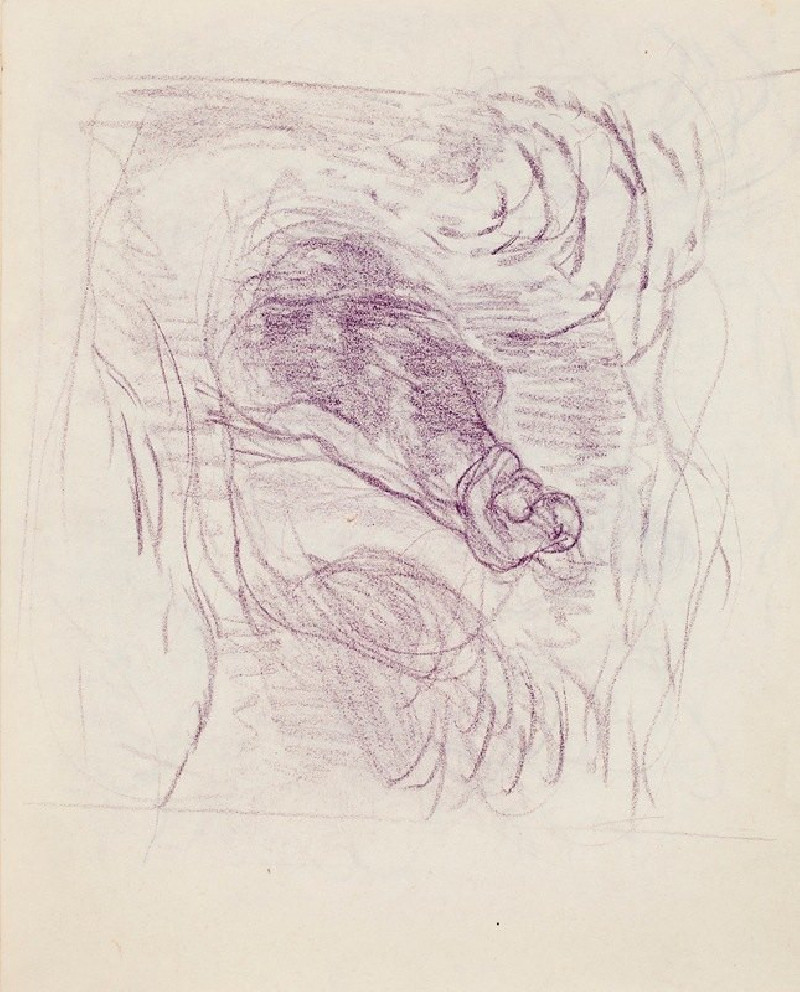
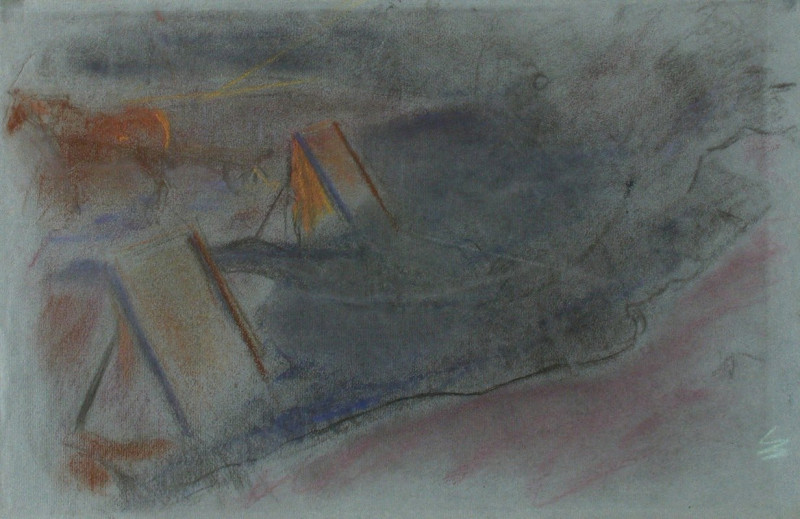
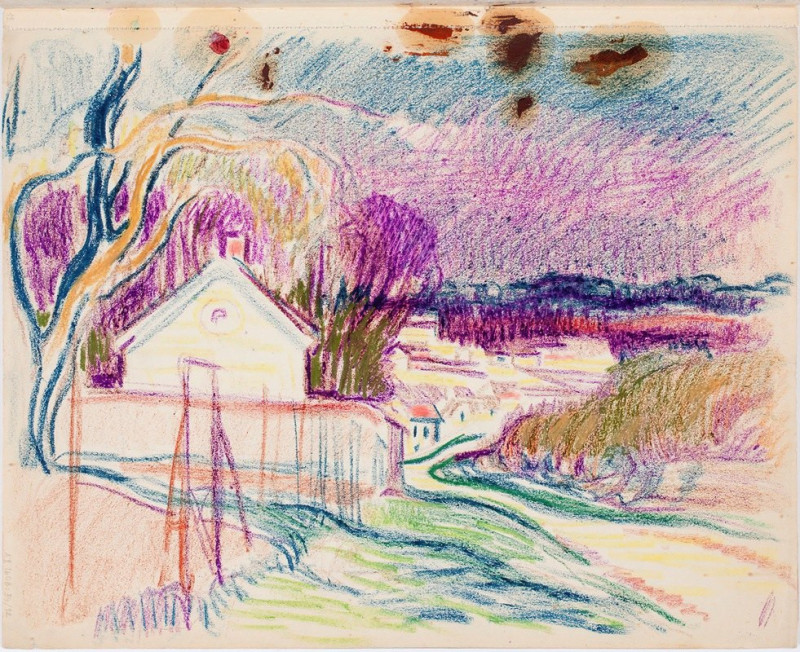
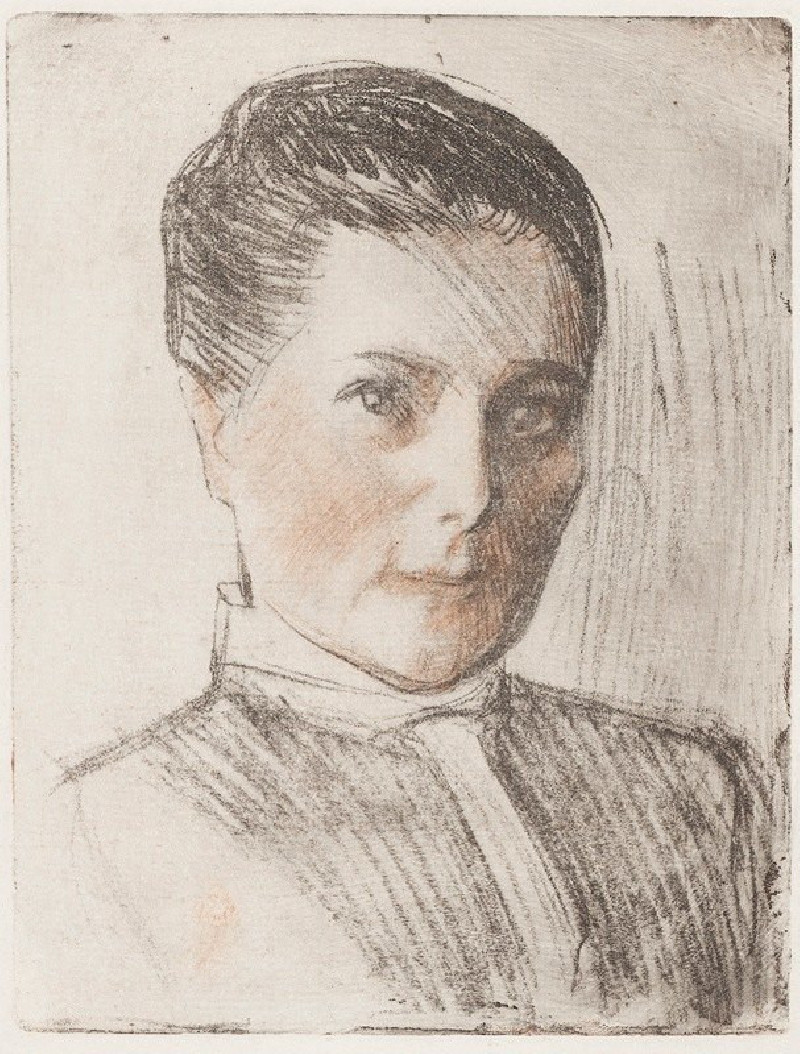
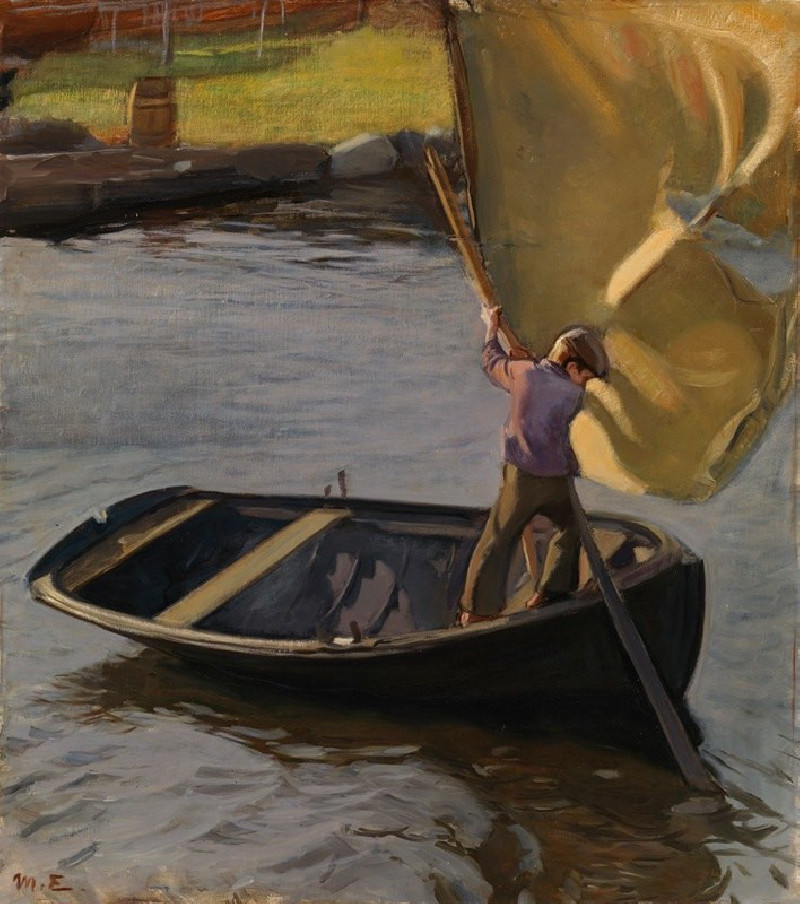
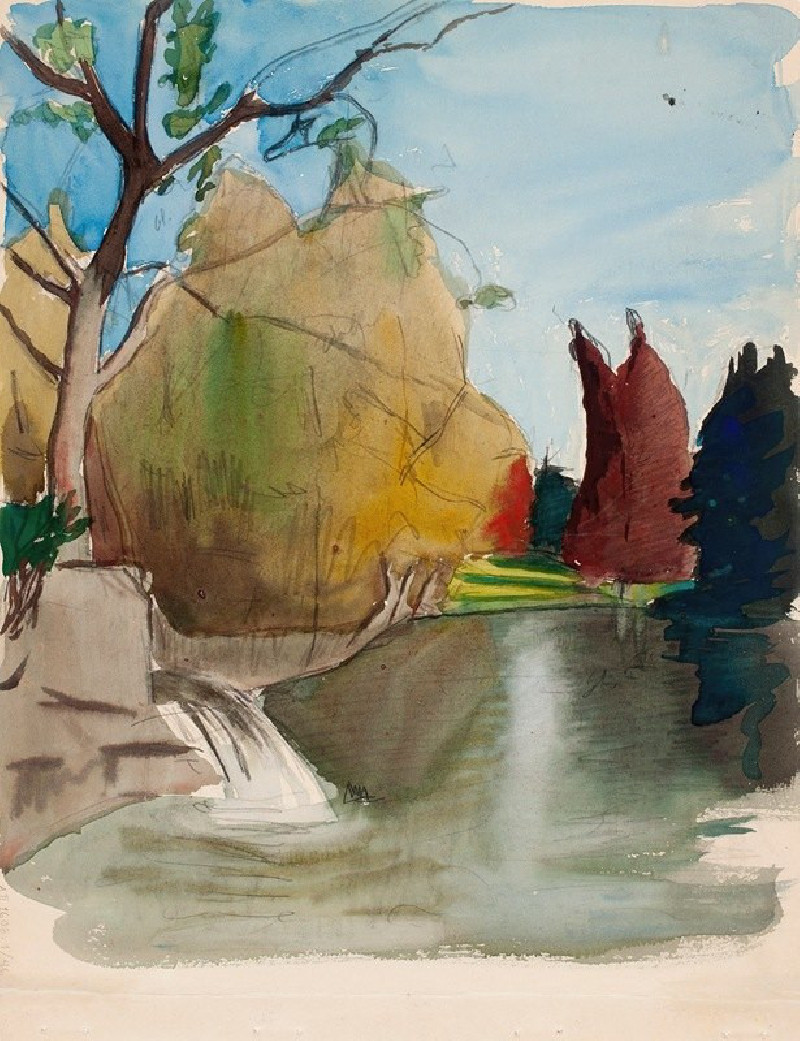
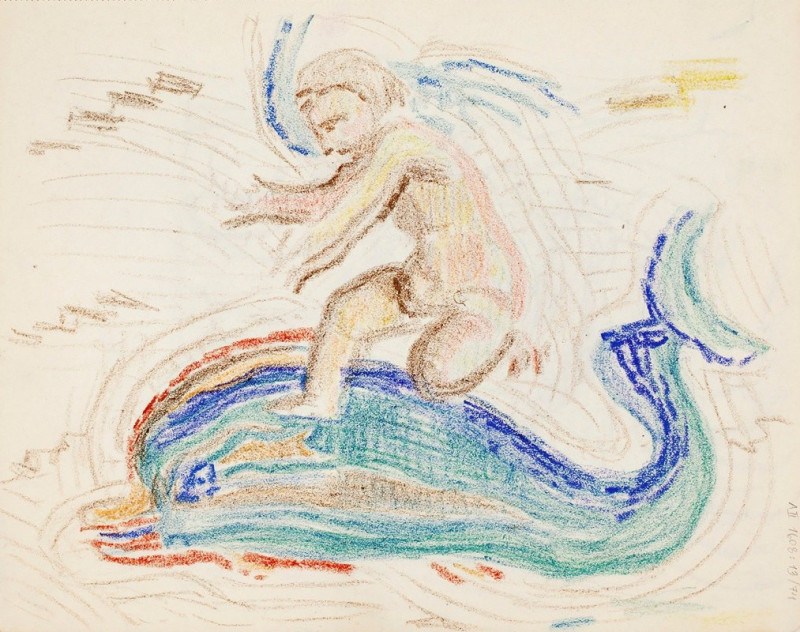
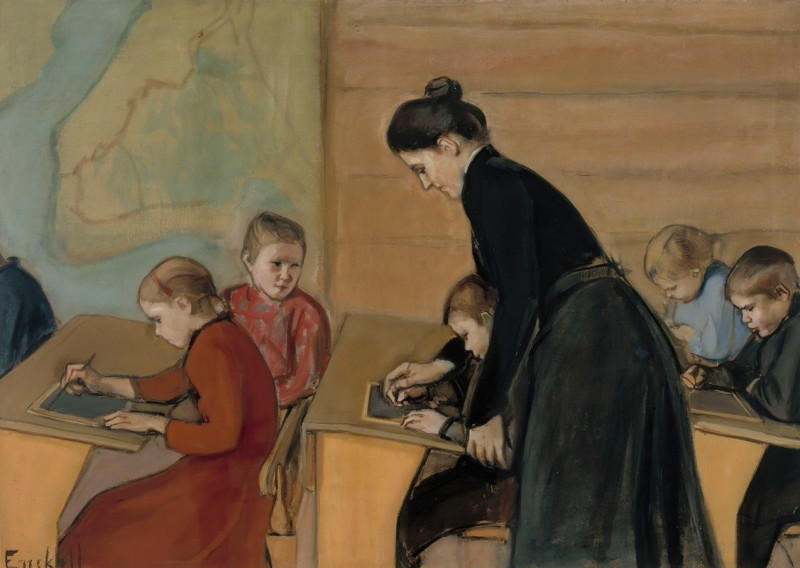
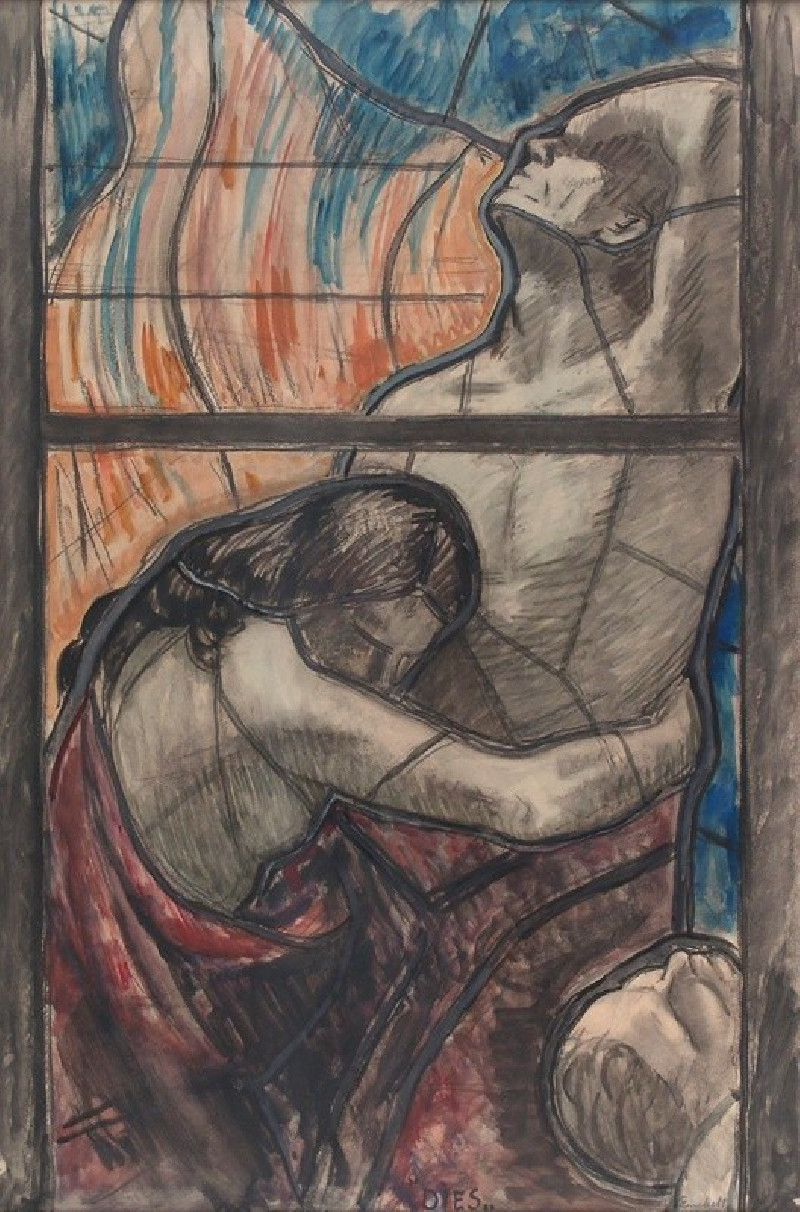
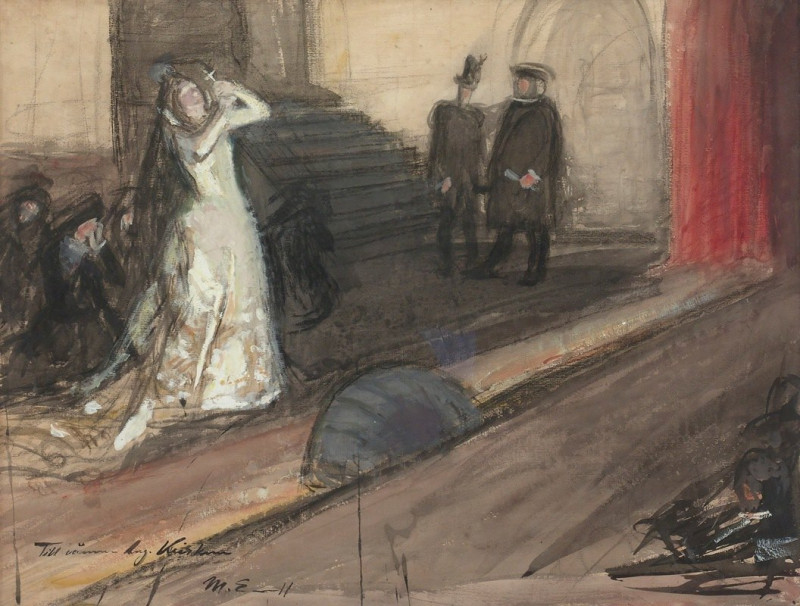


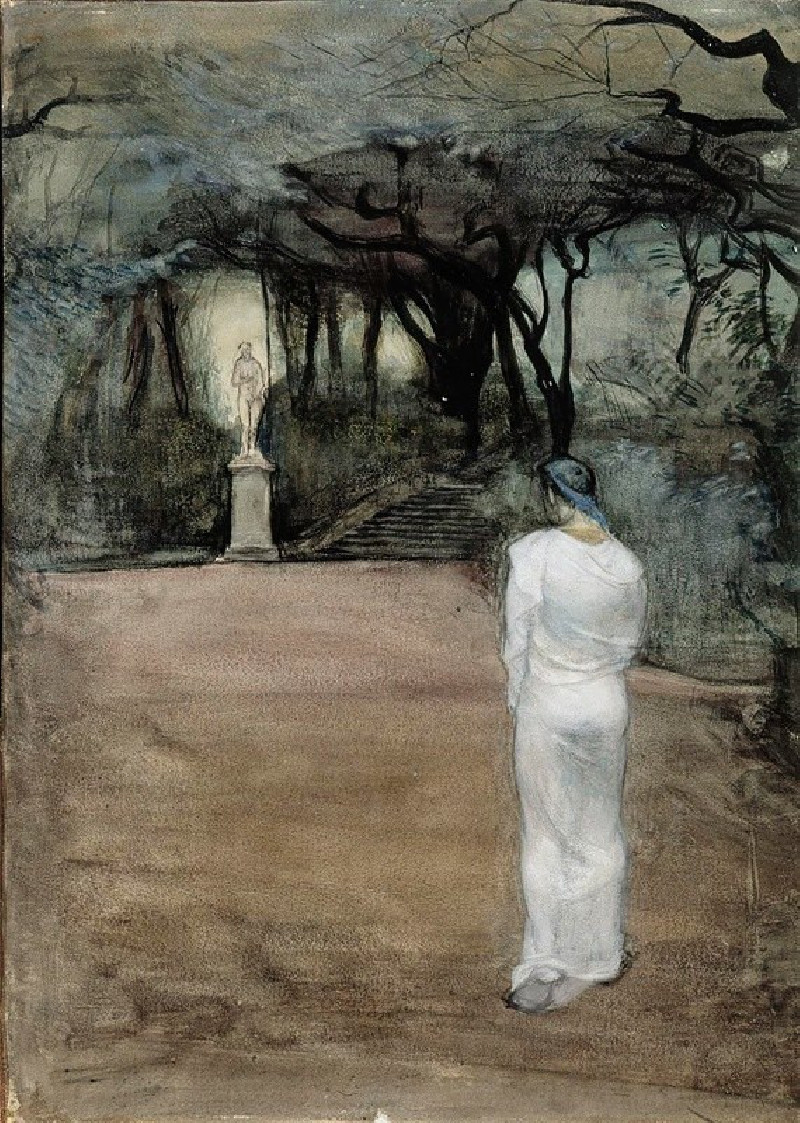

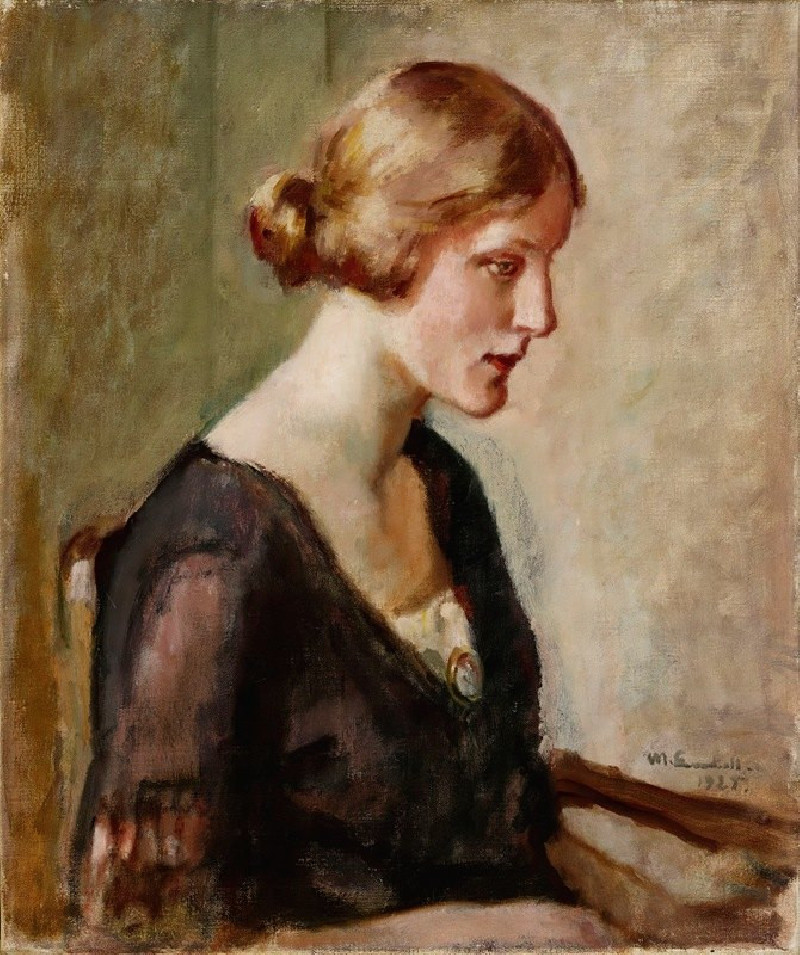
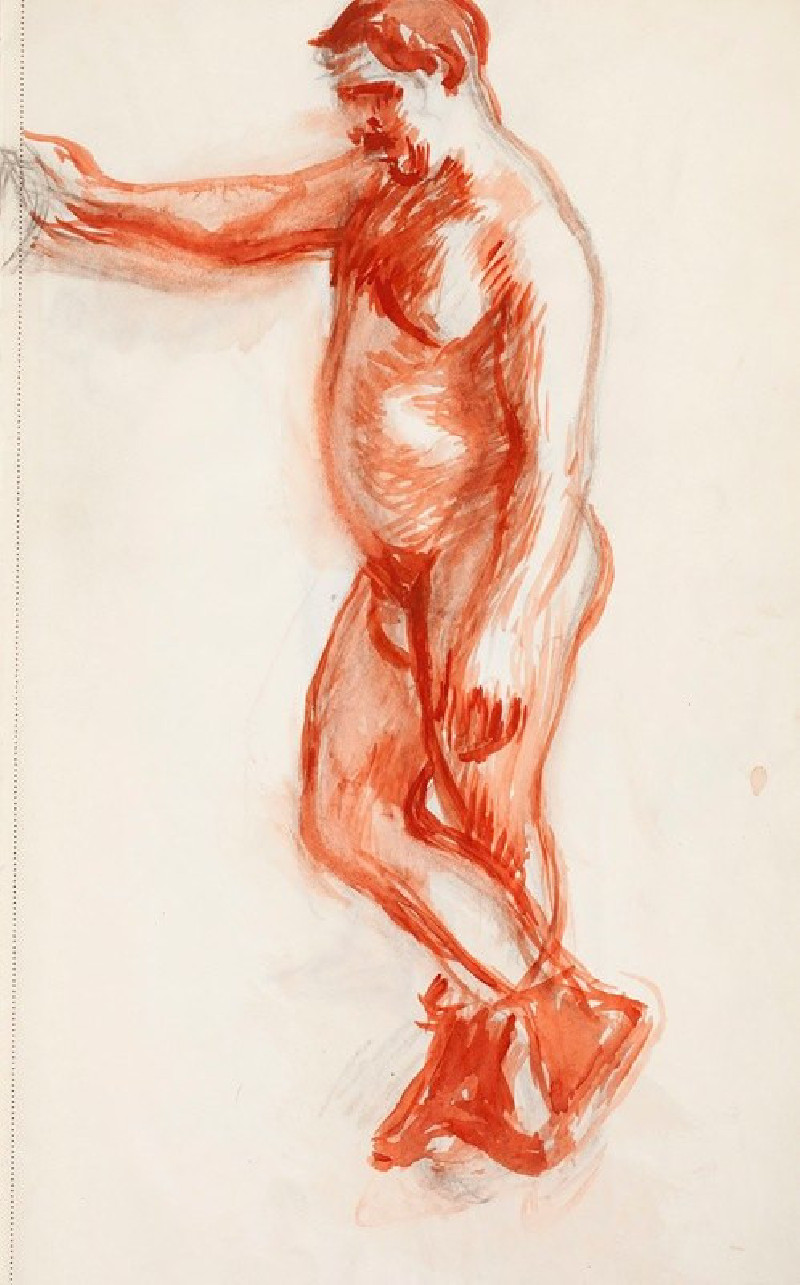
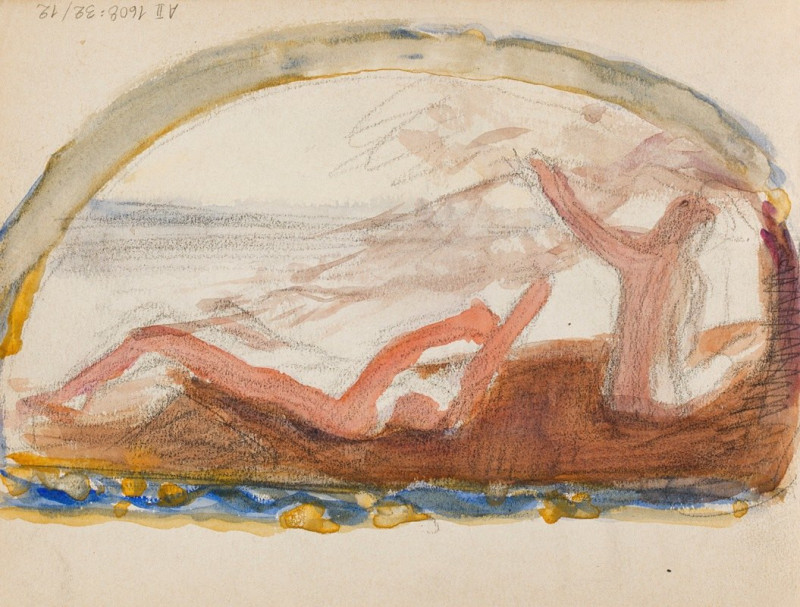
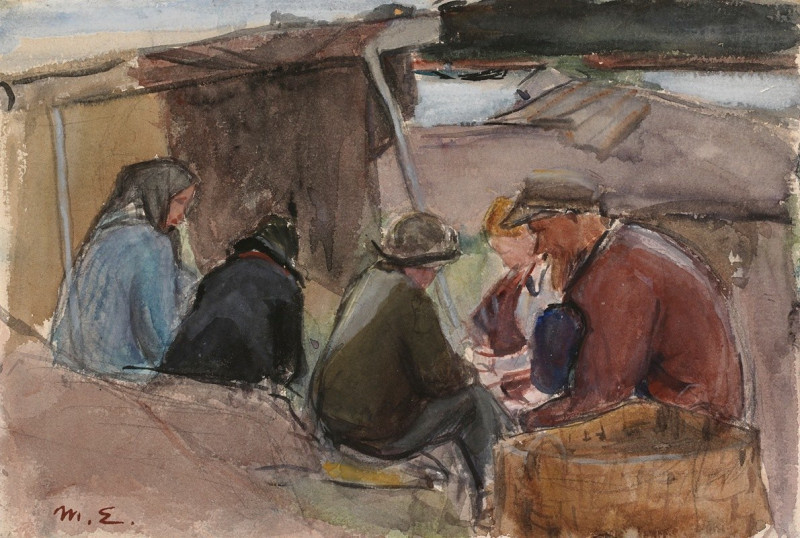
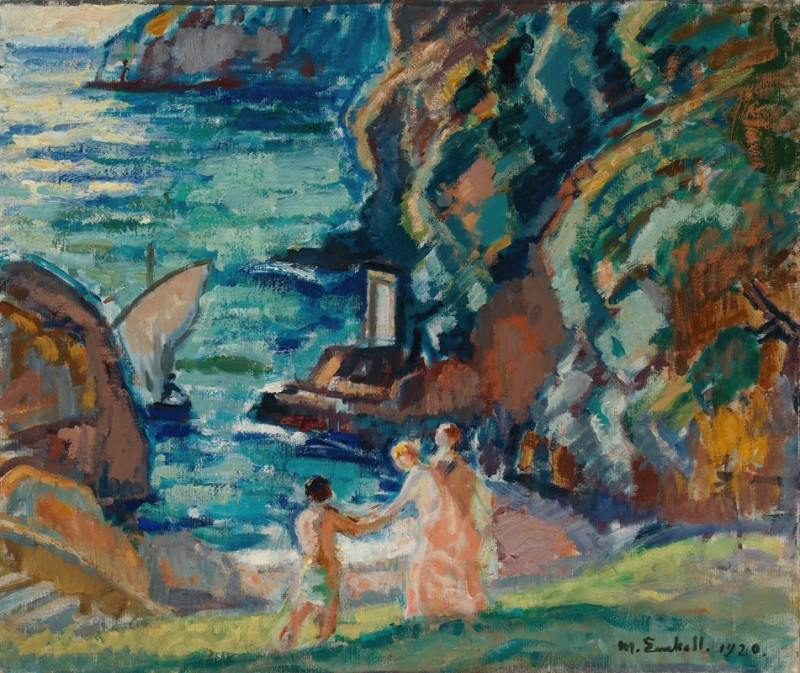

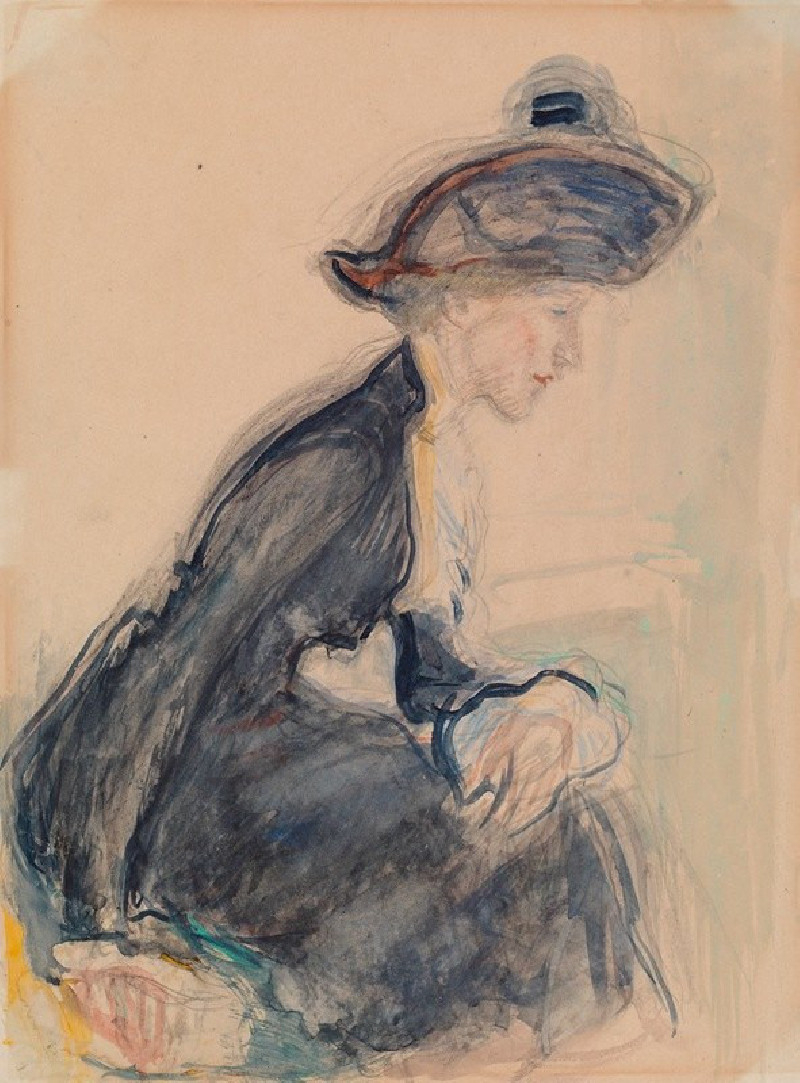

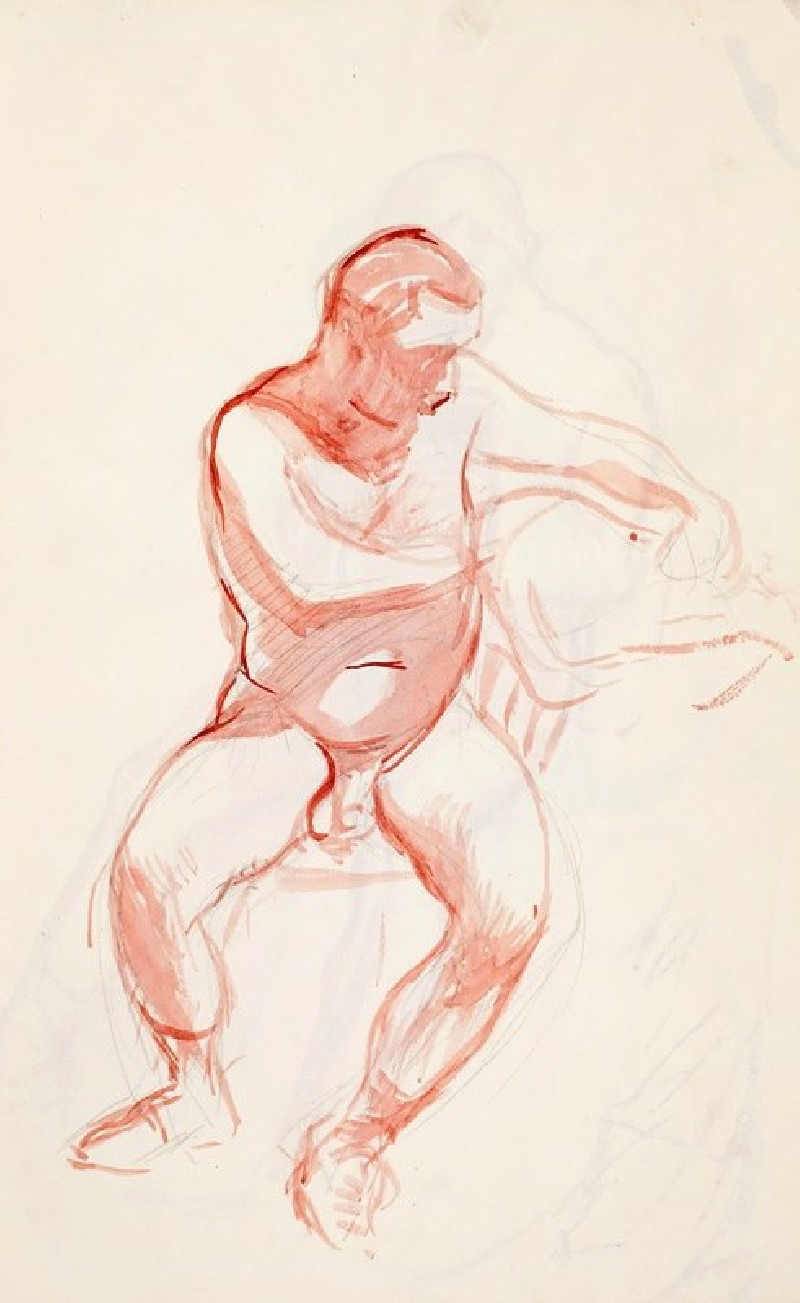
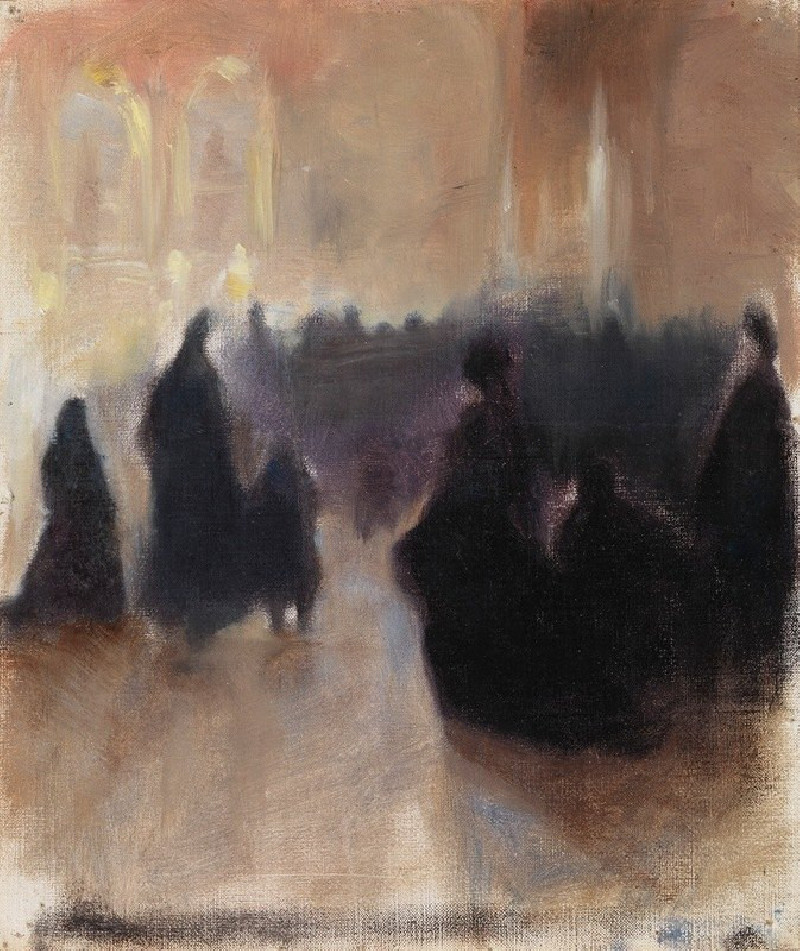



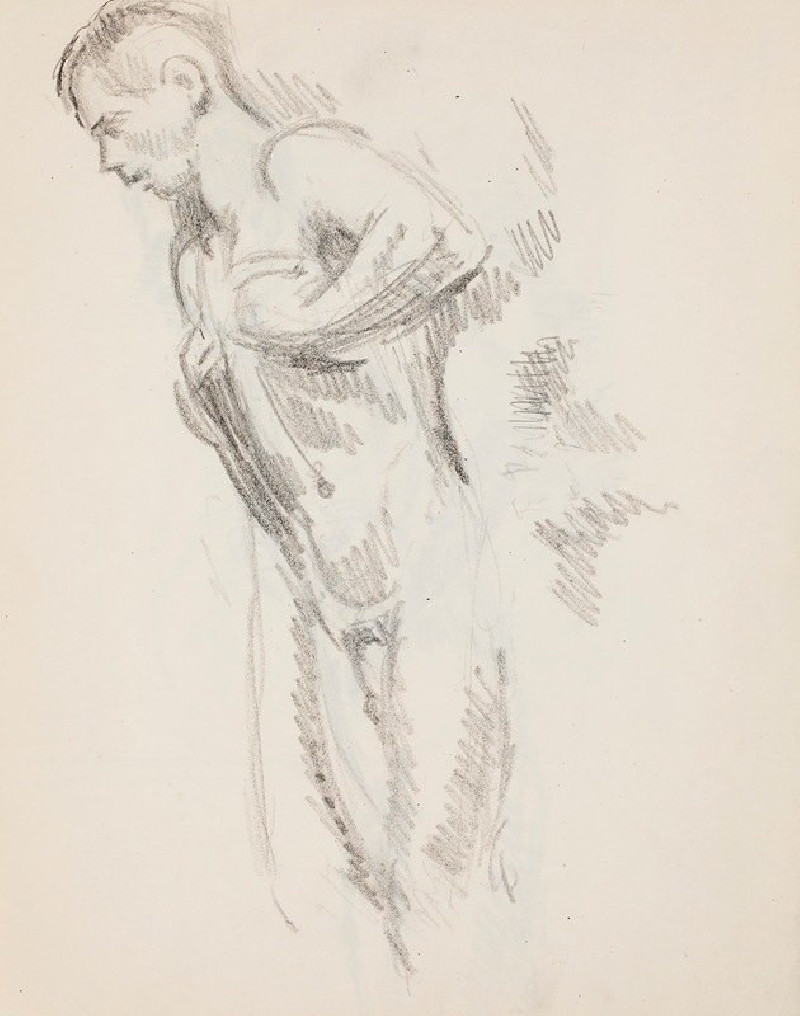
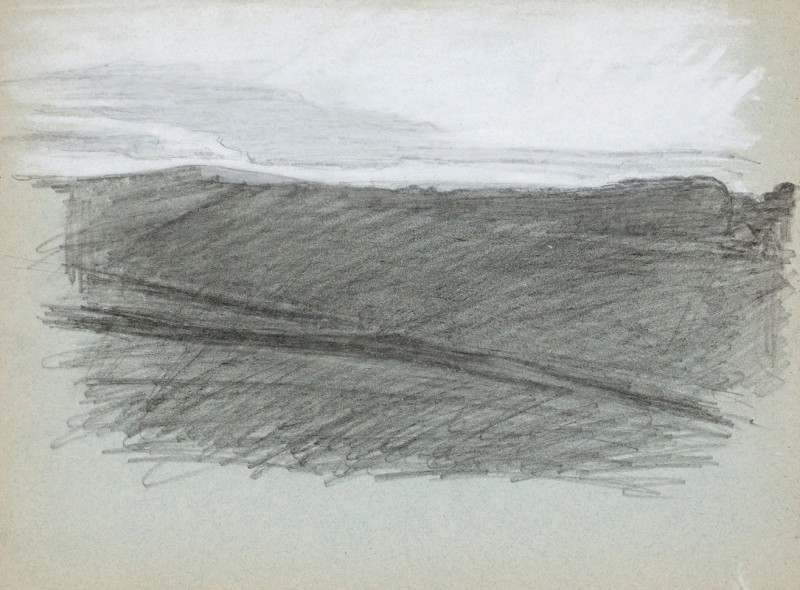
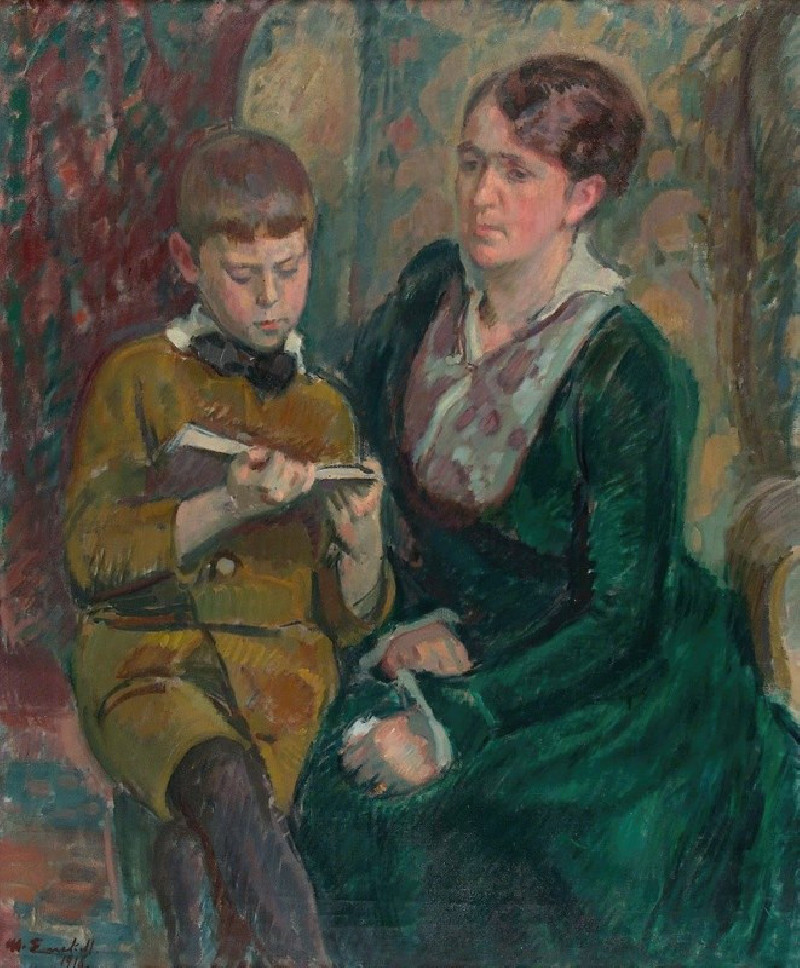
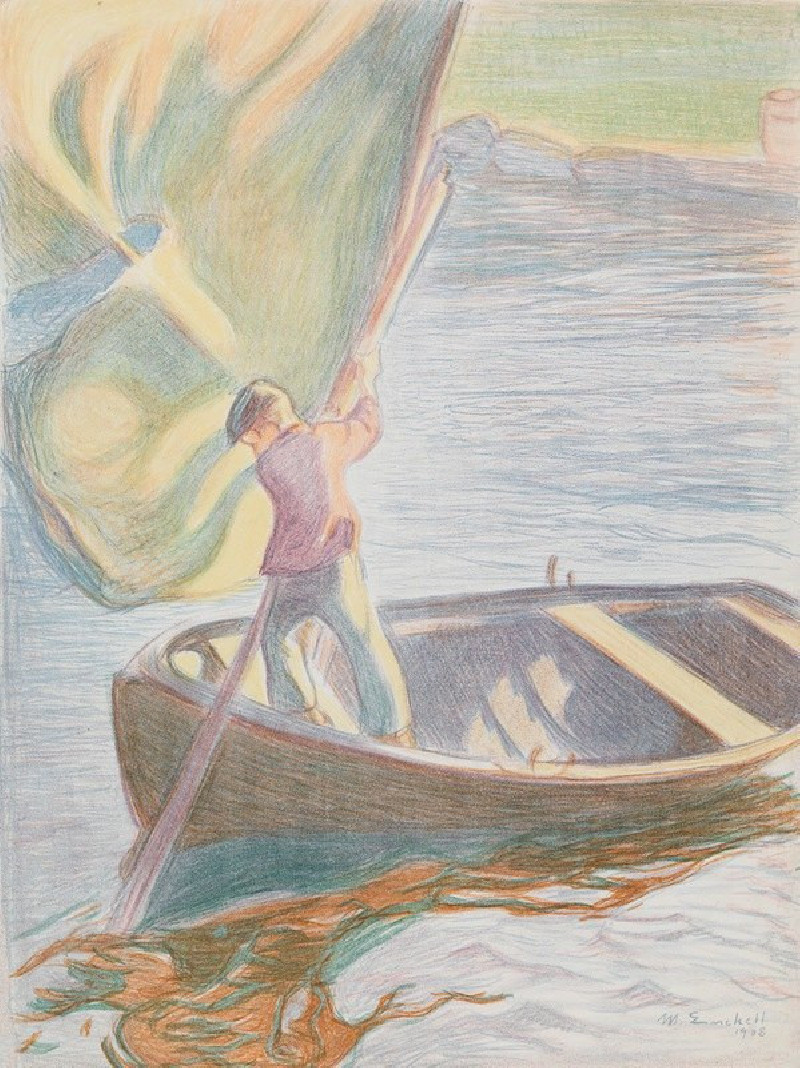
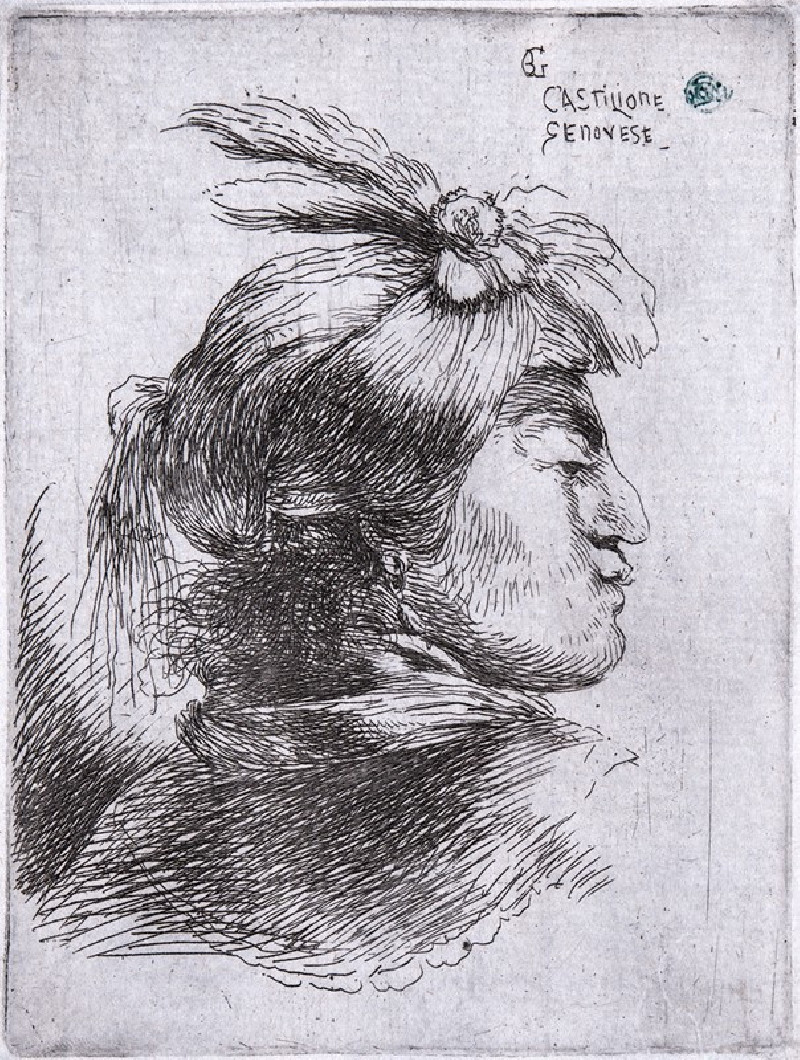

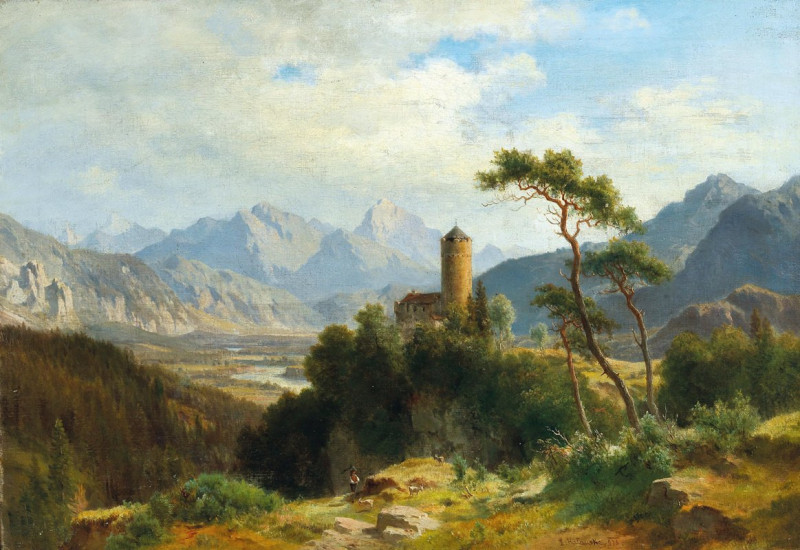

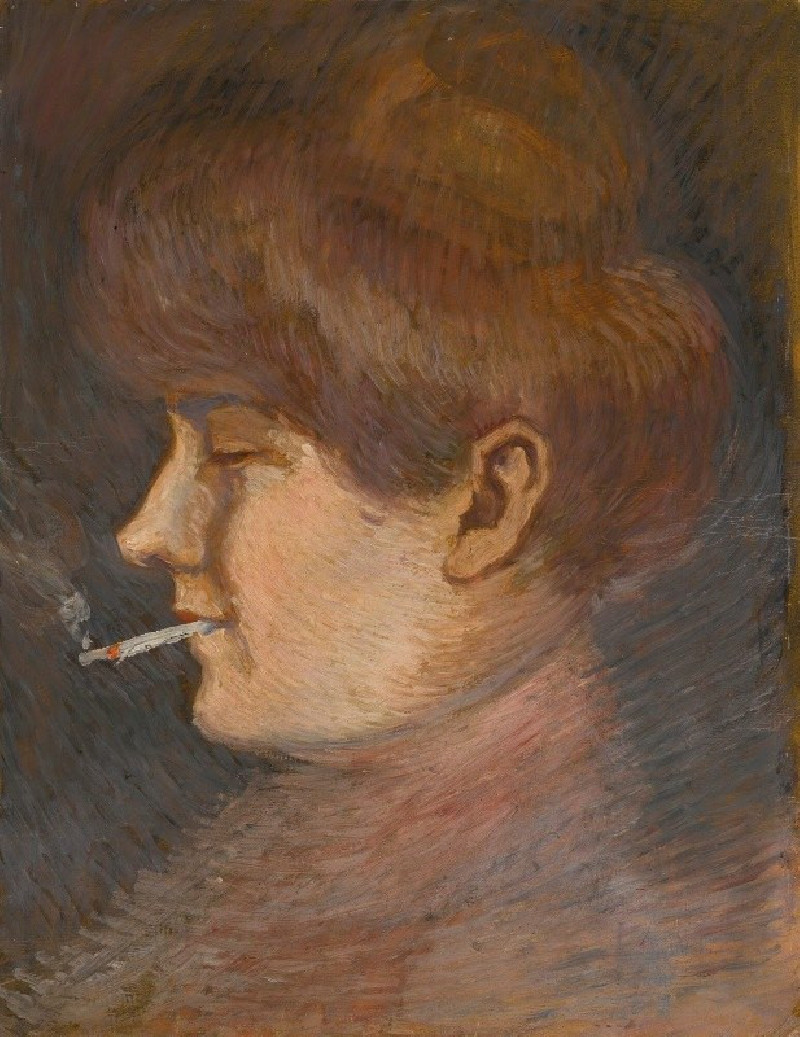
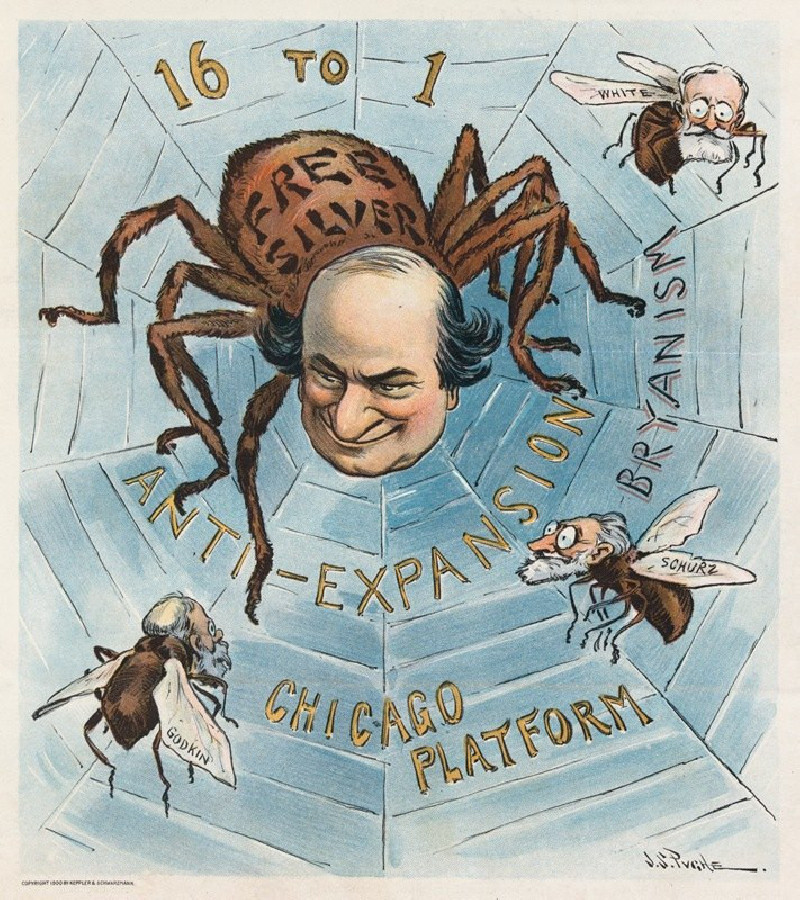


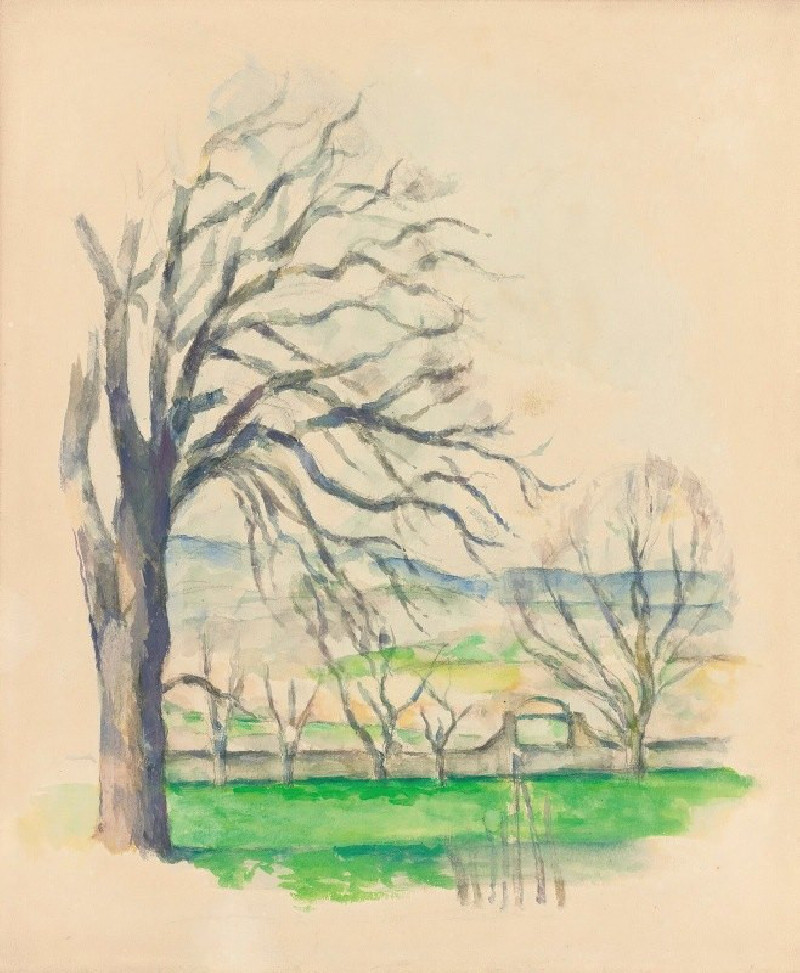

![Near Kepta [Chapcha] in Bhootan [Bhutan] reproduction of painting by Samuel Davis. ALL GICLEE PRINTS](https://reprodukcijos.lt/46721-large_default/reproduction-of-near-kepta-chapcha-in-bhootan-bhutan.jpg)
